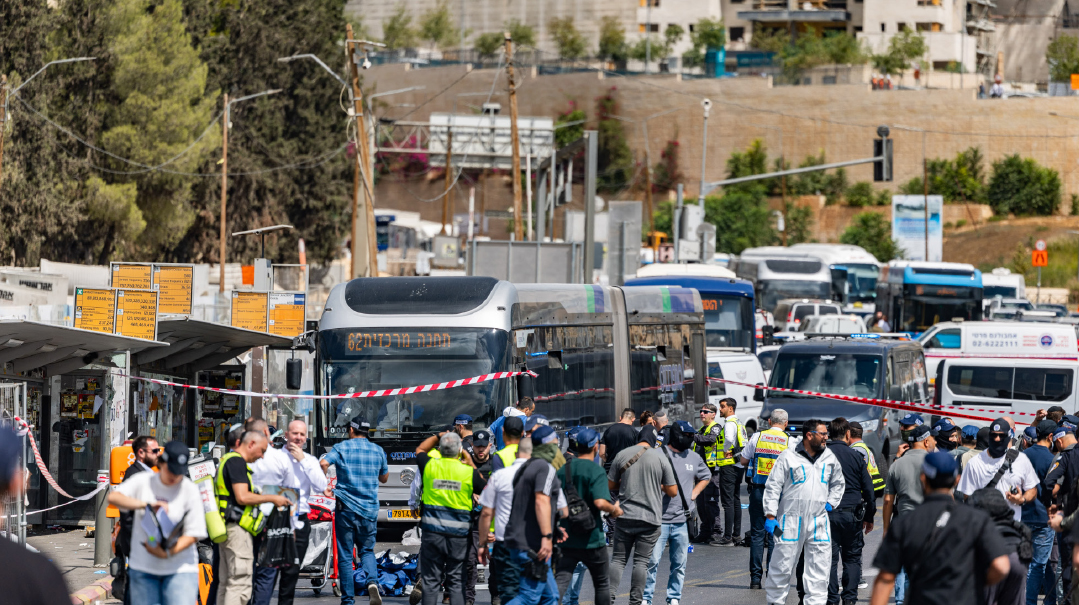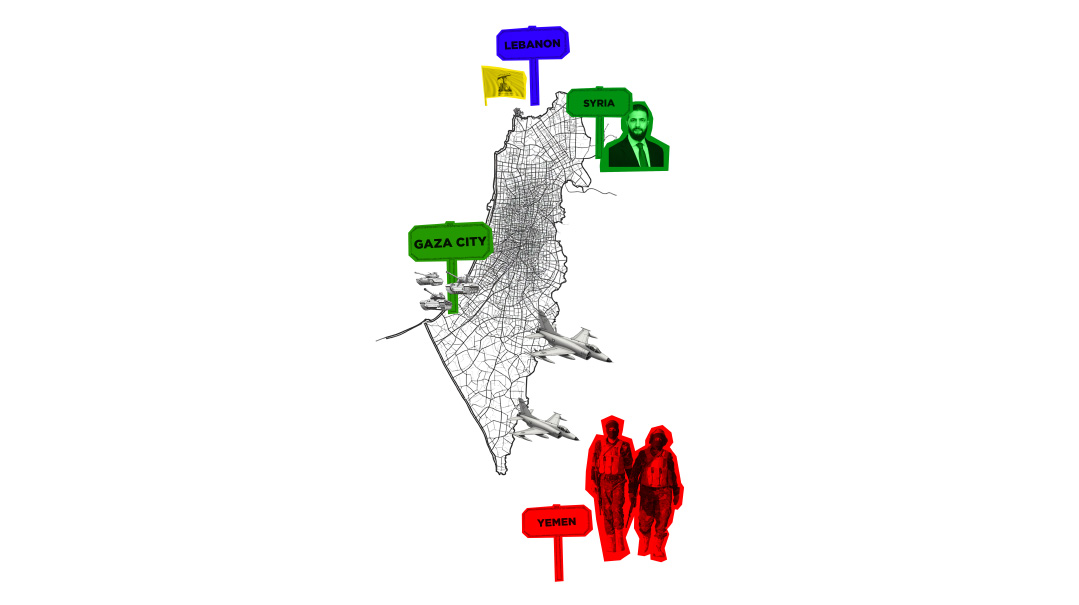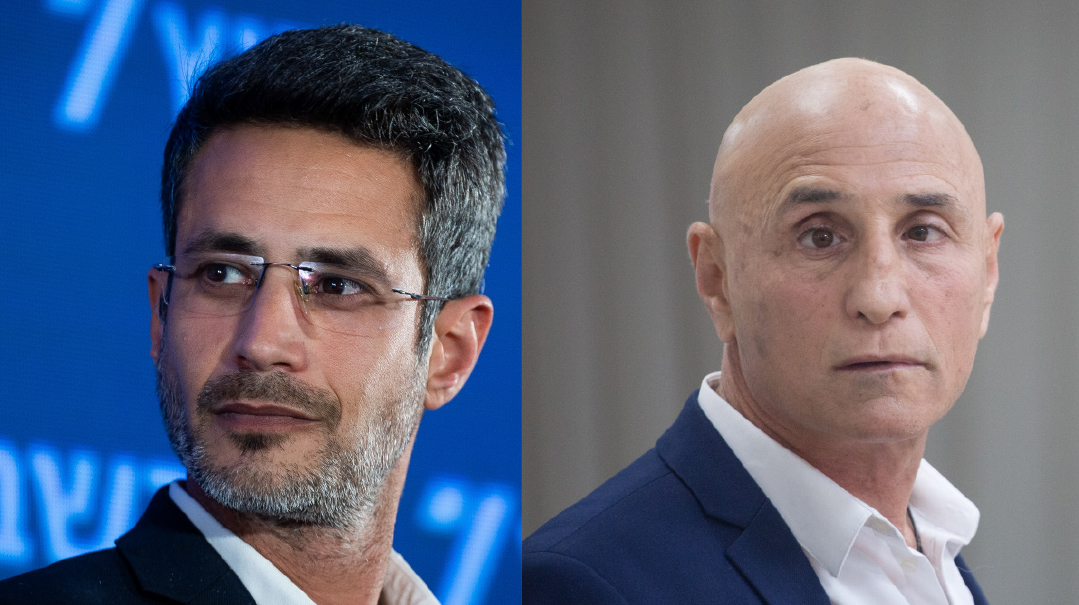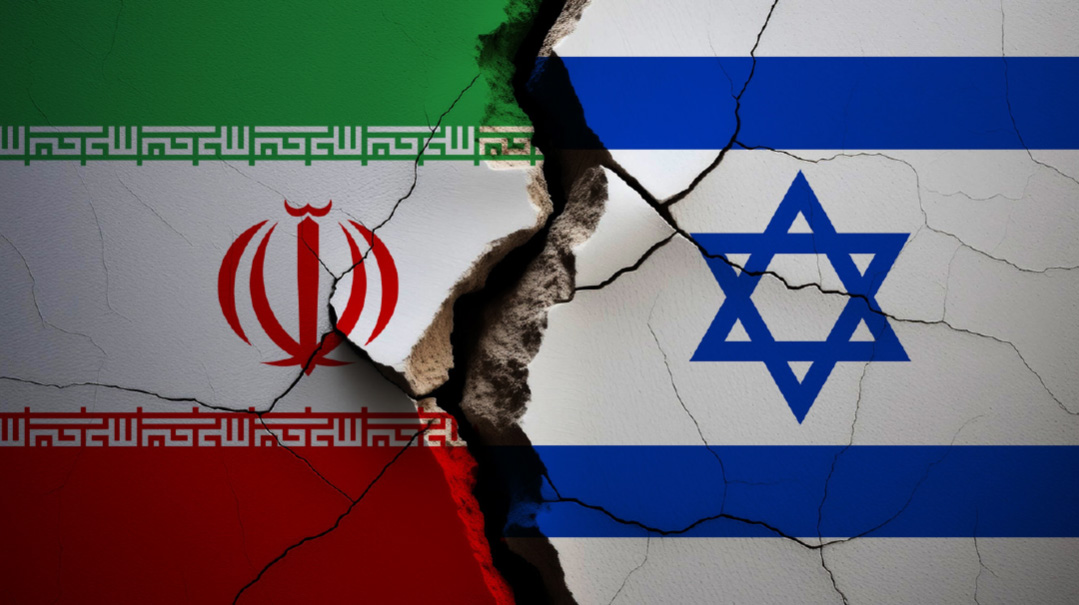Back from the Brink of War?


Photos: Flash90
O
nly weeks ago, it seemed that Israel faced a stark choice in Syria: fight a devastating war with Iran or acquiesce to an Iranian presence on the Golan border.
But over the past few days, the lines have begun to shift dramatically. Not only have all the major parties agreed to move Iran at least 70 kilometers from the Israeli border, Israel is now demanding that Iran completely leave Syria, a request that has not been outright rejected by Syria’s most powerful patron, Russia.
The drama began to play out last Thursday night, when Prime Minister Binyamin Netanyahu met with Russian president Vladimir Putin and Secretary of State Mike Pompeo. Hours earlier, Defense Minister Avigdor Lieberman had met with his counterpart, Sergey Shoygu.
Netanyahu and Lieberman agreed in advance to accept Russia’s offer to oust Iran and its militias from the Golan border in exchange for allowing Assad to station his troops there. But in the course of his conversation with Putin and Pompeo, Netanyahu raised the stakes, telling Putin he wanted Iran to exit all of Syria, not only the area of the Golan Heights. Netanyahu added that Israel would retain its right to take action against any Iranian position throughout Syria.
According to sources, Putin asked Netanyahu to clarify whether Israel was demanding a full withdrawal of Iranian forces from all of Syria, at which point Pompeo interjected that the United States supports Israel’s position. Iran’s presence only increases tensions between Israel and the various organizations that are active in the region, Pompeo said, adding that weakening the Iranian influence in Syria will expedite implementation of the political outline for the end of the war.
Netanyahu confirmed his demand, explaining that Iran has been funding various organizations attempting to inflict harm on Israel from Gaza. “In the last two weeks, [Iran] was behind the Islamic Jihad and Hamas mortar fire from Gaza. Some of the shells fell in kindergartens and schools, just minutes before the children were meant to arrive. That [mortar fire] was instigated by Iran, with the purpose of dragging Israel into a major military conflict in Gaza, so as to divert attention from what’s happening in the north. Therefore, we insist that Iran, including the Revolutionary Guards and all its proxies, exit Syria.”
Netanyahu added that Israel considers long-range Iranian missiles deployed in Syria as a direct threat. Such missiles, he explained, would enable Iran to open an additional front against Israel during any future conflict, beyond the threat posed by Hezbollah’s missile arsenal, which today numbers some 142,000.
Around the same time that Netanyahu and Lieberman were meeting with Russia’s leaders, the Syrian Network for Human Rights announced that Iranian forces and Hezbollah fighters were preparing to redeploy from southern Syria. According to the organization, the forces will withdraw from Daraa and Quneitra, cities adjacent to the Israeli border.
Jerusalem believes that Russia is giving an ear to Israel’s demands in an effort to sway the United States to take a part in agreements that would restore stability to Syria. Russia’s willingness to distance the Iranians from the border, it is believed, is part of those understandings.
According to Israeli intelligence estimates, there are currently some 2,000 Iranian Revolutionary Guards troops, alongside approximately 8,000 Shiite militiamen from Afghanistan, Pakistan, and Iraq in Syria. That’s in addition to 7,000 Hezbollah fighters. Israel believes the Americans are capable of leveraging their influence to achieve an effective arrangement within Syria, in tandem with the Russians, under the general policy of “Syria Without Iran and Without Islamic State.”
However, some of Israel’s neighbors are preparing for the worst-case scenario. Cyprus recently opened, together with the European Union, a new center to process refugees. Last month, Cyprus held its first large-scale exercise, with the participation of representatives from 18 countries (Israel was given observatory status). The exercise simulated a mass evacuation of civilians from Lebanon — based on a scenario from the 2006 Second Lebanon War.
Living in the Gaza Periphery, by the Numbers
20
Residents in the Gaza periphery have 20 seconds to enter a protected area, a significant improvement since the introduction of the Iron Dome missile defense system, which was initially developed to intercept long-range missiles, but now also works against mortars fired from close range.
260
Since the end of Operation Protective Edge four years ago, 82 rockets have been fired from Gaza. During the past two weeks, some 260 mortars have been fired.
70
Journalist Sivan Rahav Meir examined voting patterns for the Knesset among residents of the Gaza periphery. In Kibbutz Or Haner, located north of Sderot, almost 70% voted for the Zionist Camp (a coalition of Labor, Hatnuah, and the Green Movement), with far-left Meretz earning 10%. In Kibbutz Be’eri the results were similar, with 66% voting for the Zionist Camp, and 16% for Meretz. A long list of communities exhibited almost identical results. (Originally featured in Mishpacha, Issue 713)
Oops! We could not locate your form.













